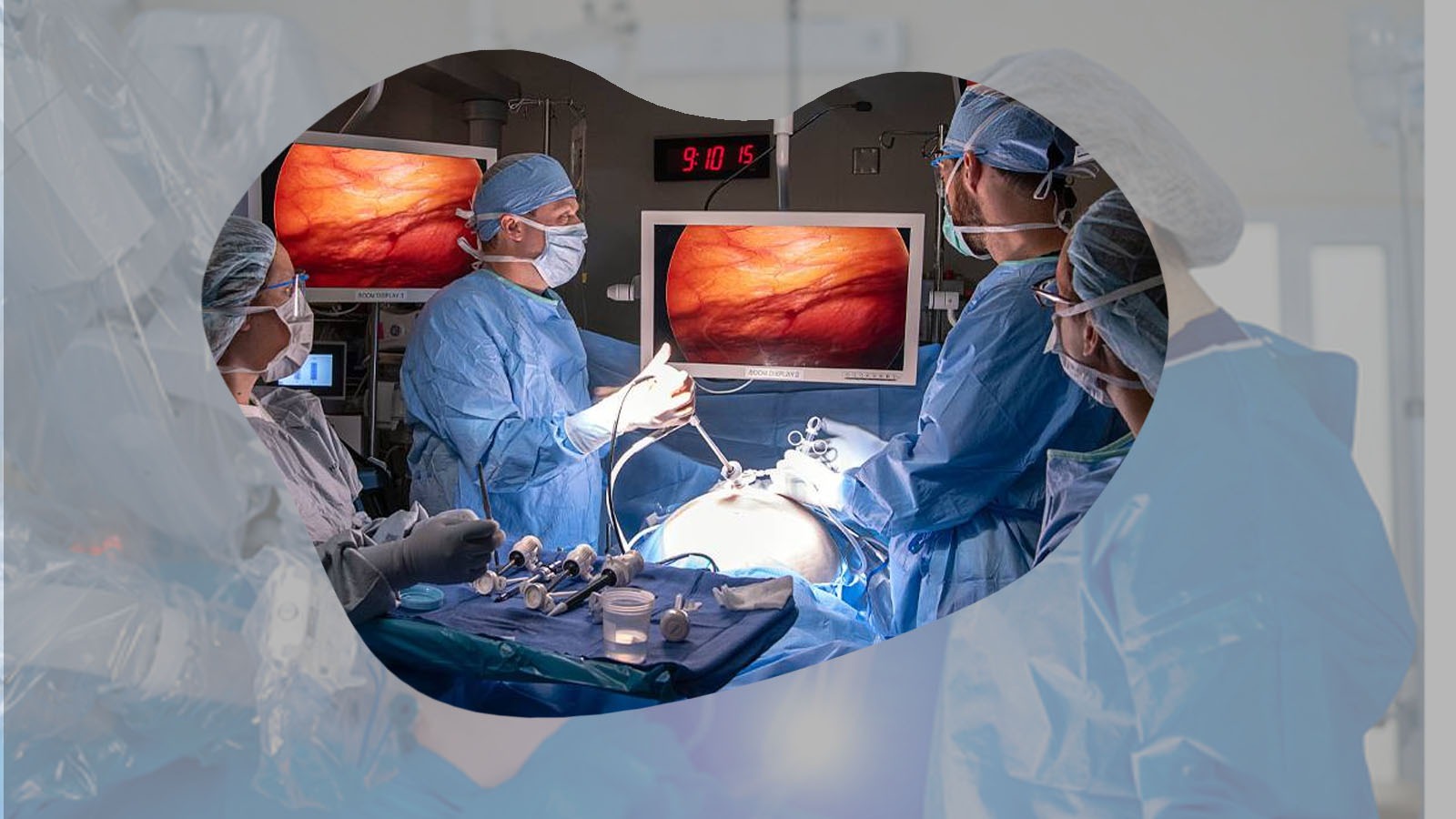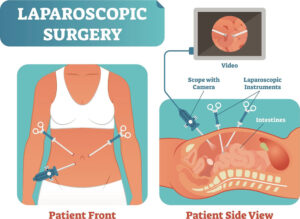Gall bladder disease is a common yet often overlooked condition that affects millions of people worldwide. Understanding the symptoms, both early and advanced, is crucial for timely intervention and effective management. This guide, crafted by Dr. Pallab Saha, a leading surgeon specializing in general and laparoscopic surgery, provides a detailed look at the signs and symptoms of gallbladder disease, helping you recognize and respond to them effectively.

Early Warning Signals: Listen to Your Body
Abdominal Discomfort
Persistent discomfort or pain in the upper-right portion of your abdomen can be an early sign of gallbladder issues. This pain might be intermittent but tends to intensify after consuming meals, especially those high in fat. If you experience this type of discomfort regularly, it’s important to consult with a healthcare professional.
Digestive Distress
Frequent bloating, gas, or indigestion, particularly after eating fatty or greasy foods, could be linked to gallbladder dysfunction. Monitoring your body’s reaction to different foods can help in identifying these symptoms early.

Nausea and Vomiting
Feeling nauseous or experiencing vomiting without any clear cause can also be indicative of gallbladder disease. These symptoms are often accompanied by other digestive disturbances, making it crucial to observe any patterns and seek medical advice.
Progression of Symptoms: When to Seek Medical Attention
As gallbladder disease advances, symptoms can become more severe and debilitating. Recognizing these signs early and seeking prompt medical attention can prevent further complications.
Intensified Pain
If abdominal pain becomes more severe or frequent, it may signal a progression in gallbladder disease. This pain can sometimes radiate to the back or shoulder blades, indicating a more advanced stage of the condition. Immediate consultation with a healthcare provider is advisable.
Jaundice
Yellowing of the skin and the whites of your eyes, known as jaundice, is a serious symptom that often suggests a blockage in the bile ducts. This can be caused by gallstones or inflammation of the gallbladder. Jaundice requires urgent medical evaluation.

Fever and Chills
Experiencing fever and chills along with abdominal pain could indicate an infection in the gallbladder, known as cholecystitis. Prompt treatment is essential to prevent the infection from worsening and to avoid further complications.
Read More : https://drpallabsahasurgeonkolkata.in/best-laparoscopic-gi-surgery-surgeon-kolkata/
Early and Late Symptoms of Gallbladder Disease
Early Symptoms:
- Abdominal Discomfort: Persistent discomfort or pain in the upper right abdomen, often intensifying after meals.
- Indigestion: Frequent bloating, gas, and a feeling of fullness even after consuming small meals.
- Nausea and Vomiting: These symptoms often occur alongside other digestive issues.
- Changes in Bowel Habits: Diarrhea or constipation may accompany gallbladder dysfunction.
- Back Pain: Pain between the shoulder blades or in the lower back, which may radiate from the abdomen.
Late Symptoms:
- Jaundice: Yellowing of the skin and eyes due to bile duct obstruction and bilirubin buildup.
- Fever and Chills: Symptoms of cholecystitis, an infection or inflammation of the gallbladder.
- Dark Urine and Light Stools: Indications of impaired bile flow and bile duct obstruction.
- Unexplained Weight Loss: Significant and unexplained weight loss, often accompanied by loss of appetite and fatigue.
- Severe Abdominal Pain: Intense, persistent pain in the upper right abdomen, sometimes radiating to the back or shoulder, which may signal complications like gallbladder obstruction or inflammation.

Recognizing these early and late symptoms is essential for prompt diagnosis and effective management of gallbladder disease. Consulting with a healthcare professional, like Dr. Pallab Saha, can provide you with the appropriate evaluation and personalized treatment needed to address your condition.
Conclusion: Taking Charge of Your Health
Being aware of the signs and symptoms of gallbladder disease is vital for early detection and timely intervention. If you experience any of these symptoms, don’t ignore them. Seek medical advice from a qualified healthcare provider. Early intervention can significantly improve outcomes and prevent complications associated with gallbladder disease. Book an appointment now !

Frequently Asked Questions (FAQs)
- What causes gallbladder disease?
- Gallbladder disease is often caused by the formation of gallstones, which can block the bile ducts and lead to inflammation and other complications.
- Can gallbladder disease be prevented?
- While some risk factors, such as genetics, cannot be changed, maintaining a healthy diet low in fat and cholesterol and keeping a healthy weight can reduce the risk of gallbladder disease.
- How is gallbladder disease diagnosed?
- Gallbladder disease is typically diagnosed through a combination of medical history, physical examination, and imaging tests such as ultrasound or CT scan.
- What are the treatment options for gallbladder disease?
- Treatment depends on the severity of the condition. Options range from lifestyle changes and medications to surgical removal of the gallbladder in more severe cases.
- Is gallbladder disease a life-threatening condition?
- While gallbladder disease itself is not usually life-threatening, complications such as gallstone blockage or infection can be serious if left untreated. Seeking medical attention is crucial to prevent these complications.





